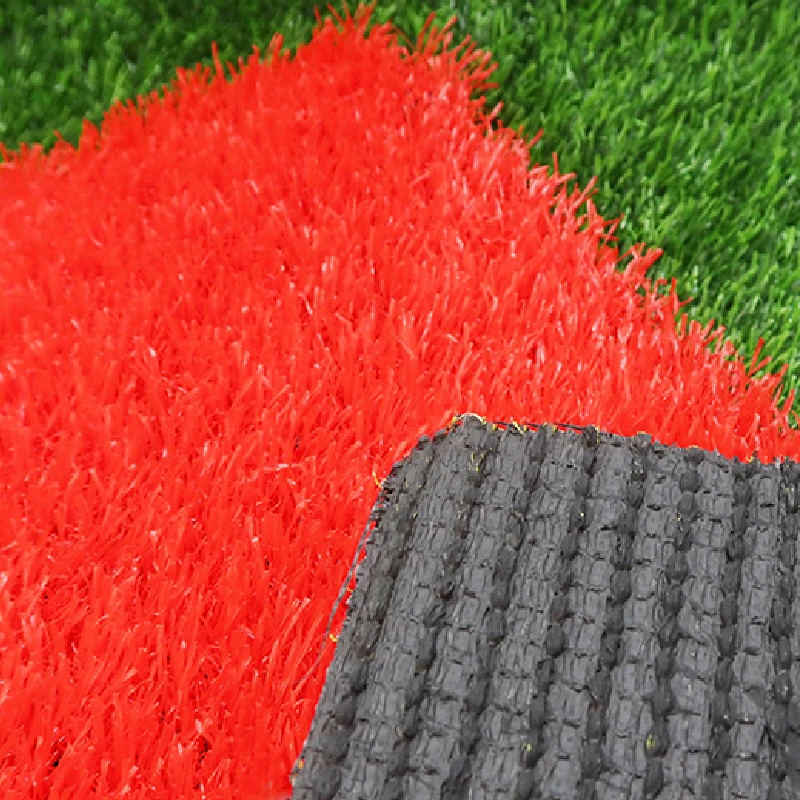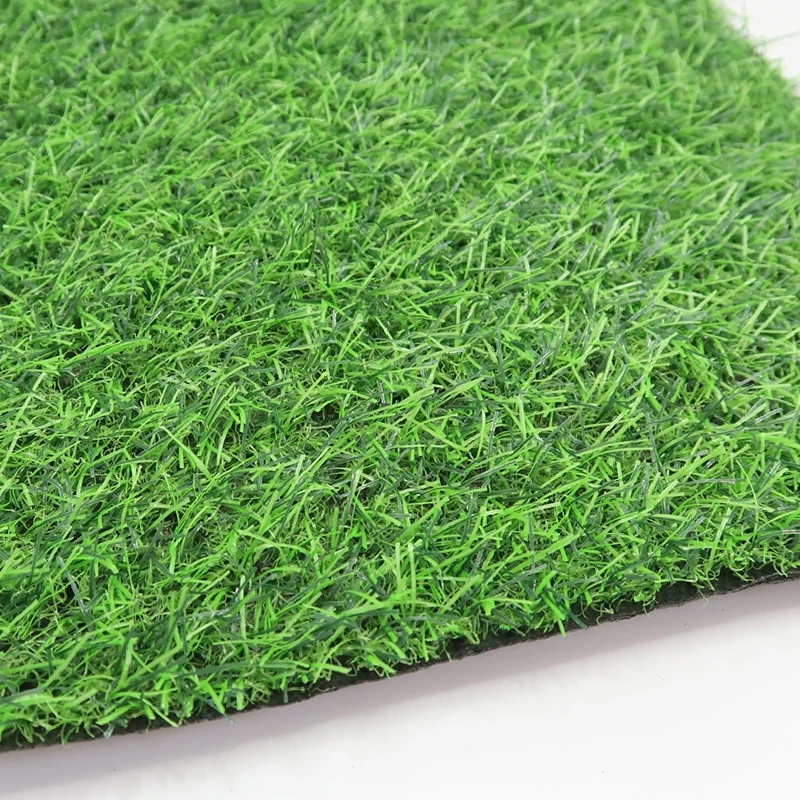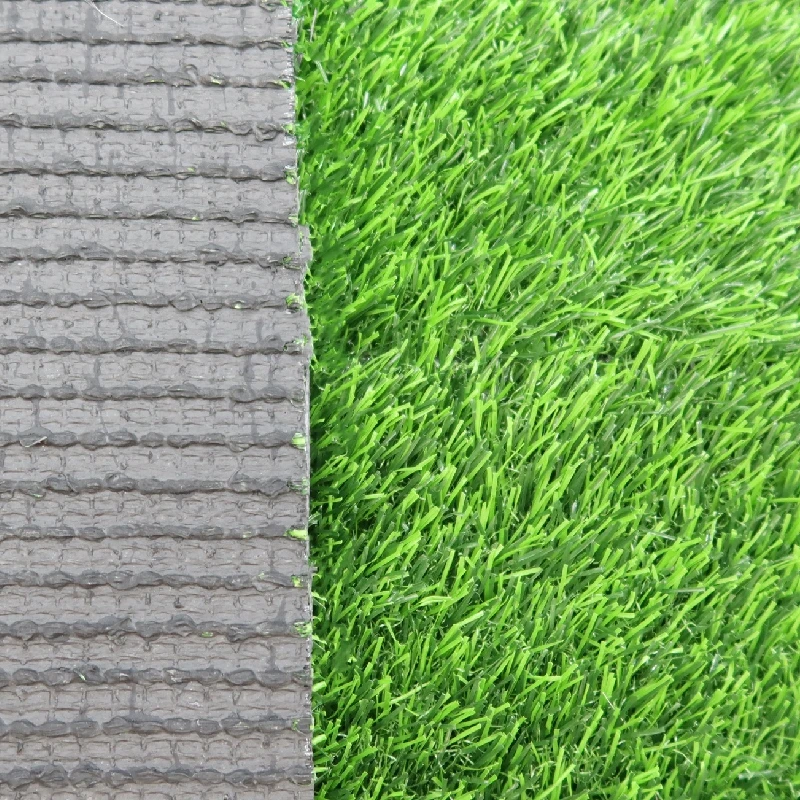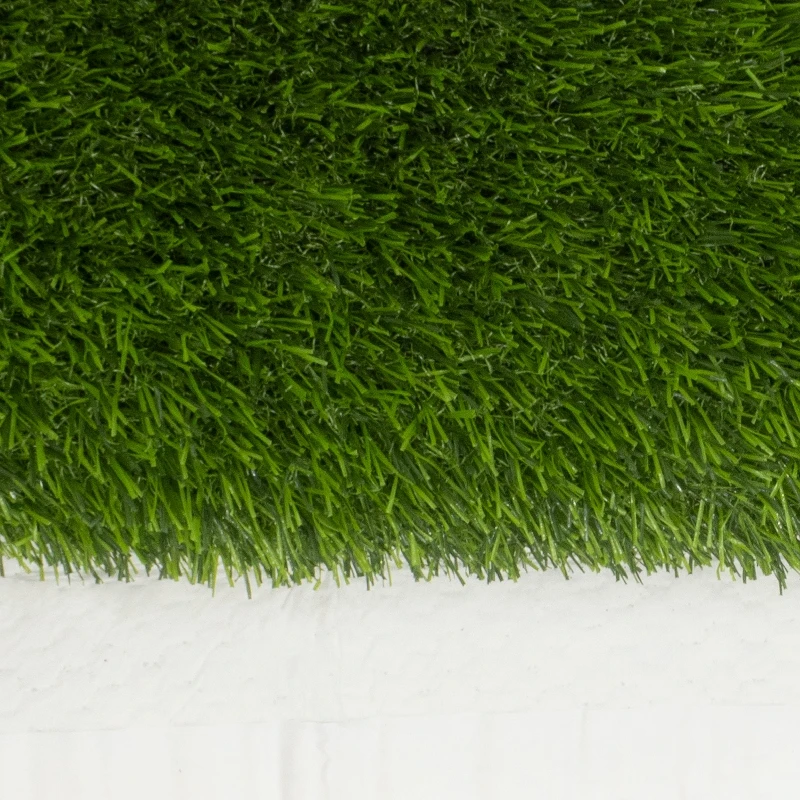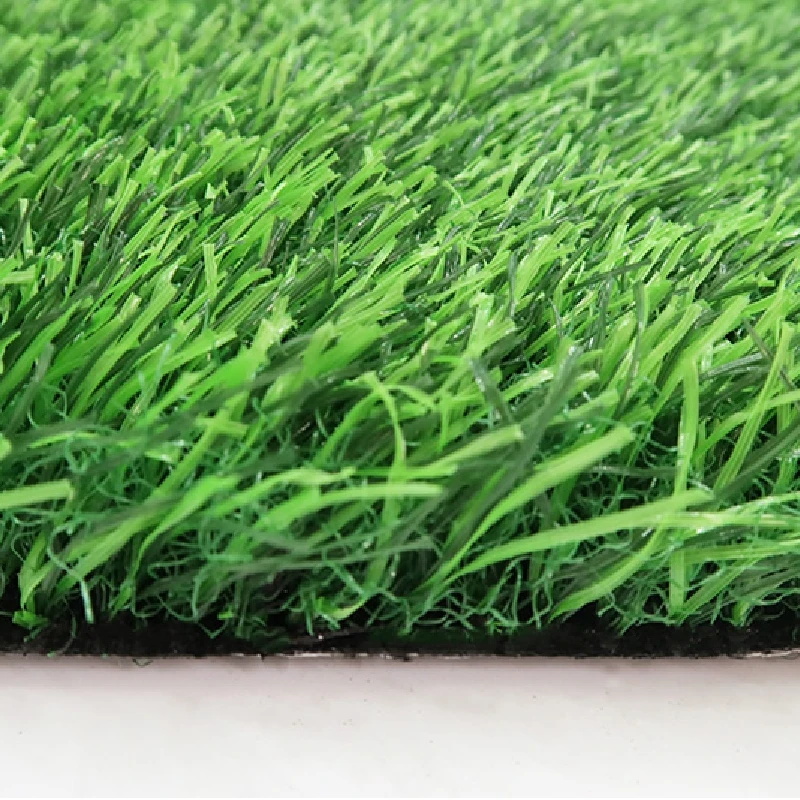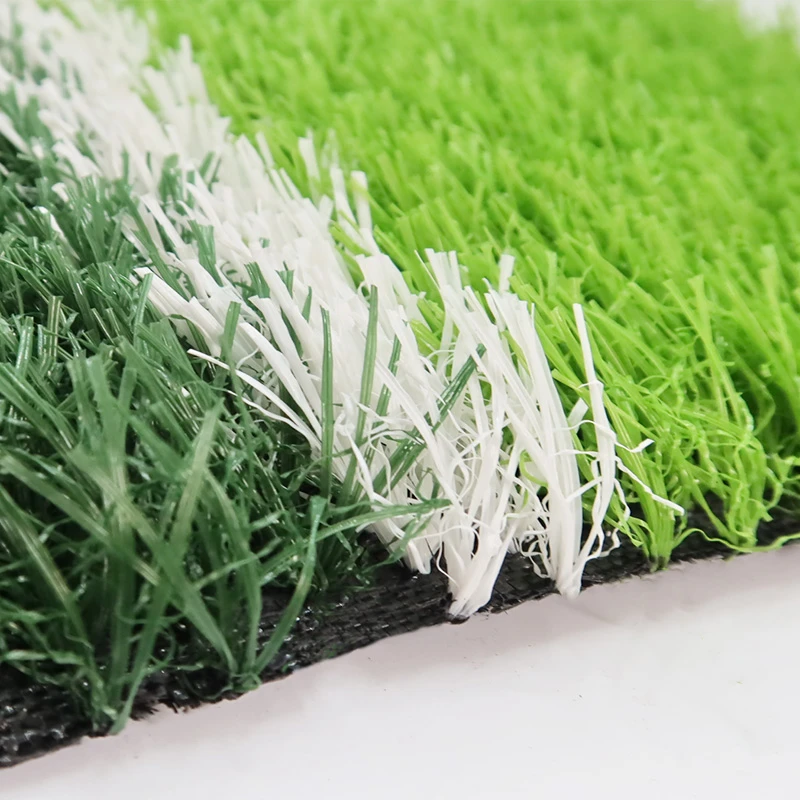
- Afrikaans
- Arabic
- Belarusian
- Bengali
- Czech
- Danish
- Dutch
- English
- Esperanto
- Estonian
- Finnish
- French
- German
- Greek
- Hindi
- Hungarian
- Icelandic
- Indonesian
- irish
- Italian
- Japanese
- kazakh
- Rwandese
- Korean
- Kyrgyz
- Lao
- Latin
- Latvian
- Malay
- Mongolian
- Myanmar
- Norwegian
- Persian
- Polish
- Portuguese
- Romanian
- Russian
- Serbian
- Spanish
- Swedish
- Tagalog
- Tajik
- Thai
- Turkish
- Turkmen
- Ukrainian
- Urdu
- Uighur
- Uzbek
- Vietnamese
Cost of Artificial Grass for Football Fields and Installation Factors
Dec . 16, 2024 09:36 Back to list
The Economics of Artificial Grass for Football Understanding the Costs
In recent years, artificial grass has become an increasingly popular option for football fields, both for professional clubs and local community pitches. Its appeal lies not only in its aesthetic and functional advantages but also in its long-term economic benefits. However, understanding the price associated with artificial grass for football can be complex, with various factors influencing the total cost.
Initial Costs
The initial cost of installing artificial grass can vary significantly depending on several factors, including the quality of the material, the size of the field, and the complexity of the installation. On average, the price of artificial turf can range from $5 to $25 per square foot. High-end products made with advanced technology, such as synthetic fibers that mimic natural grass, tend to be on the higher end of the scale. For a standard football field, which typically measures about 57,600 square feet, the total installation cost could range from $288,000 to $1,440,000.
The costs do not merely end at purchasing the turf. Additional expenditures such as site preparation, drainage solutions, and labor can also stack up. This means that a budget-conscious approach is crucial for organizations looking to invest in artificial grass.
Long-term Savings
While the initial investment may seem daunting, it is essential to consider the long-term savings associated with artificial grass. Natural grass requires regular maintenance, including mowing, watering, fertilization, and pest control, all of which can add up quickly. Football fields often endure heavy use, leading to a higher frequency of wear and tear. In contrast, artificial grass is designed to withstand significant foot traffic with minimal maintenance.
Artificial turf also eliminates the costs associated with irrigation and other water management strategies, which are becoming increasingly important in regions facing water shortages. The reduction in needed resources and labor translates to significant savings over time, allowing clubs and communities to allocate their budgets more effectively.
artificial grass for football price
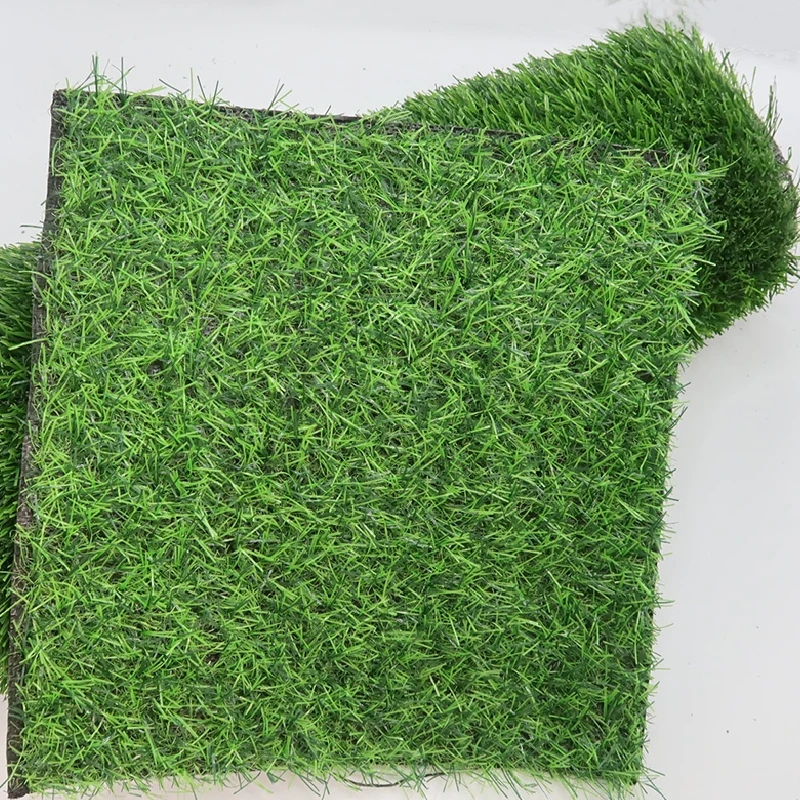
Durability and Longevity
Another aspect to consider is the durability and lifespan of artificial grass. Quality synthetic grass can last anywhere from 8 to 15 years, depending on usage and the conditions in which it is maintained. This lifespan is often more than double that of natural grass. With proper care and occasional maintenance, such as infill replacement and seam repair, the investment in artificial grass can prove to be cost-effective over the years.
Furthermore, many manufacturers now offer warranties that can last from 8 to 12 years, providing reassurance to buyers. These warranties typically cover significant deterioration or issues caused by manufacturing defects, further reducing financial risk.
Environmental Considerations
When evaluating the price of artificial grass, it’s essential to consider not just the economic but also the environmental factors. Some artificial turfs are made from recycled materials, thus reducing the ecological footprint of sports facilities. However, the production of synthetic turf does involve petroleum-based products, leading critics to argue about its sustainability.
Conversely, artificial grass does not require harmful pesticides or fertilizers that can leach into local ecosystems, making it a more environmentally friendly option in terms of chemical usage. This aspect adds another layer of savings, as communities can reduce their expenditure on chemicals and their potential environmental impact.
Conclusion
In conclusion, the economic considerations surrounding artificial grass for football fields encompass various elements, including initial installation costs, long-term savings, durability, and environmental implications. While the upfront investment might be substantial, the potential reductions in maintenance and operational expenses can lead to significant long-term savings. As more clubs and communities recognize the benefits of artificial grass, its prevalence is set to continue growing, making it a relevant topic of discussion for football associations and enthusiasts alike. Investing in quality artificial turf can pave the way for sustainable, affordable, and high-performing football fields that cater to the needs of players and organizations today and in the future.
-
The Benefits of Artificial Turf for Indoors
NewsJul.15,2025
-
How Artificial Grass Suppliers Ensure Quality Products
NewsJul.15,2025
-
Artificial Grass and Pets: A Space for Relaxation
NewsJul.08,2025
-
Balcony & Outdoor Decoration with Artificial Grass
NewsJul.08,2025
-
Best Indoor Artificial Grass for Home
NewsJul.07,2025
-
Best Pet Turf for Dogs: Safe & Durable Artificial Grass Options
NewsJul.07,2025
Products categories


